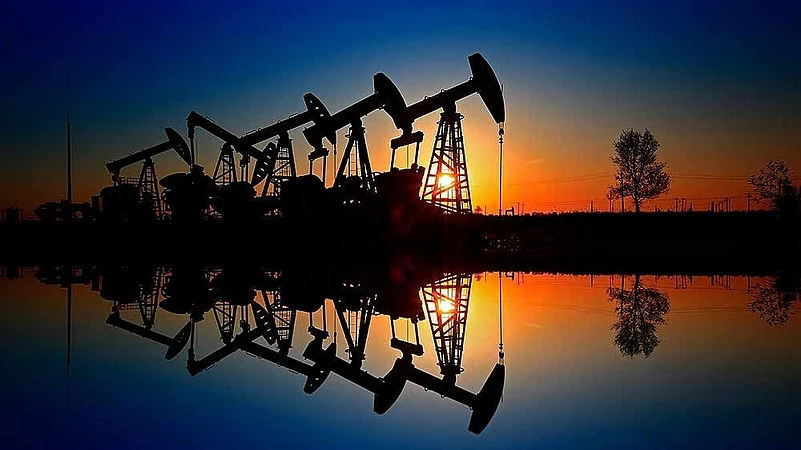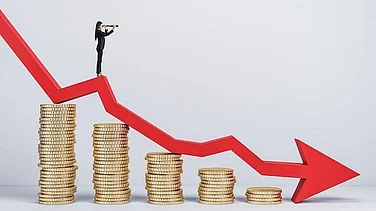Oil markets are bracing for yet another surge as tensions continue to escalate in the West Asia region. The US launched targeted strikes on three nuclear facilities on June 22 (Sunday) with President Trump calling the attack "a spectacular military success." This move has extinguished all hopes of a prospective de-escalation in the Iran-Israel conflict.
So far this month, WTI crude oil has surged by over 17%, rising from around $62 to $73 per barrel. Iran is the third-largest crude oil producer among OPEC+ members, after Iraq and Saudi Arabia. The nation alone has a production capacity of around 3.3 million barrels per day, as per multiple reports. Any rise in oil price levels is bound to impact the inflation figures around the world.
"The escalation of conflict in the Persian Gulf can pose a risk to the global economy and markets by a spike in oil prices and difficulty in movement of goods through the Strait of Hormuz," said Mihir Vora, CIO, TRUST Mutual Fund.
Around 20% of the global oil supplies flow via the Strait of Hormuz which makes any kind of closure of the pathway a major risk. "In 2024, oil flow through the strait averaged 20 million barrels per day, or the equivalent of about 20% of global petroleum liquids consumption," the US Energy Information Administration stated.
Why the Strait of Hormuz remains critical?
The strait, situated between Oman and Iran, handles the world's biggest crude oil tankers, which makes it one of the most important trade routes.
While the closure of the waterway will directly/indirectly have a global impact, Asian markets including China and India are likely to be the most affected. According to EIA estimates, around 84% of the crude oil and condensate and 83% of the liquefied natural gas (LNG) that passed via the Strait of Hormuz were headed to Asian markets (in 2024). China, India, Japan and South Korea were the top destinations for crude oil moving via the strait to Asia, cumulatively accounting for 69% of all Hormuz crude oil and condensate flows.
Will oil prices rise?
It seems so. While oil prices have already seen a strong surge this month, any further escalation on the geopolitical front is likely to drive costs even higher. Several banks and analysts, including JPMorgan, have projected that oil could rise to around $120 per barrel in a worst-case scenario. Just a few days ago, Citi also estimated that prices could climb 15%–20% above pre-conflict levels if the Israel-Iran situation escalates.
However, OPEC's supply hikes might keep the price rise in check. "Given the sluggish global growth, the supply-demand situation for oil is not very tight. In the short term, oil prices can be moderated by the release of oil from the strategic reserve of the US," said Vora.
India imports around 90% of its crude oil and over 40% of that comes from West Asian countries that rely on the Strait of Hormuz for transit. This narrow waterway is critical for India, as nearly 2 million barrels per day (bpd) of its total 5.5 million bpd oil imports pass through it. While some Iranian state media have warned that oil prices might soar to $400 per barrel, analysts at global trade analytics firm Kpler believes there is a "a very low probability" that a full blockade might happen.
"As long as oil stays within the $65-85 range, India can manage the volatility. Only if it spikes to extreme levels like $100 - $120, it can create problems," Vora said.
(With inputs from PTI)

































